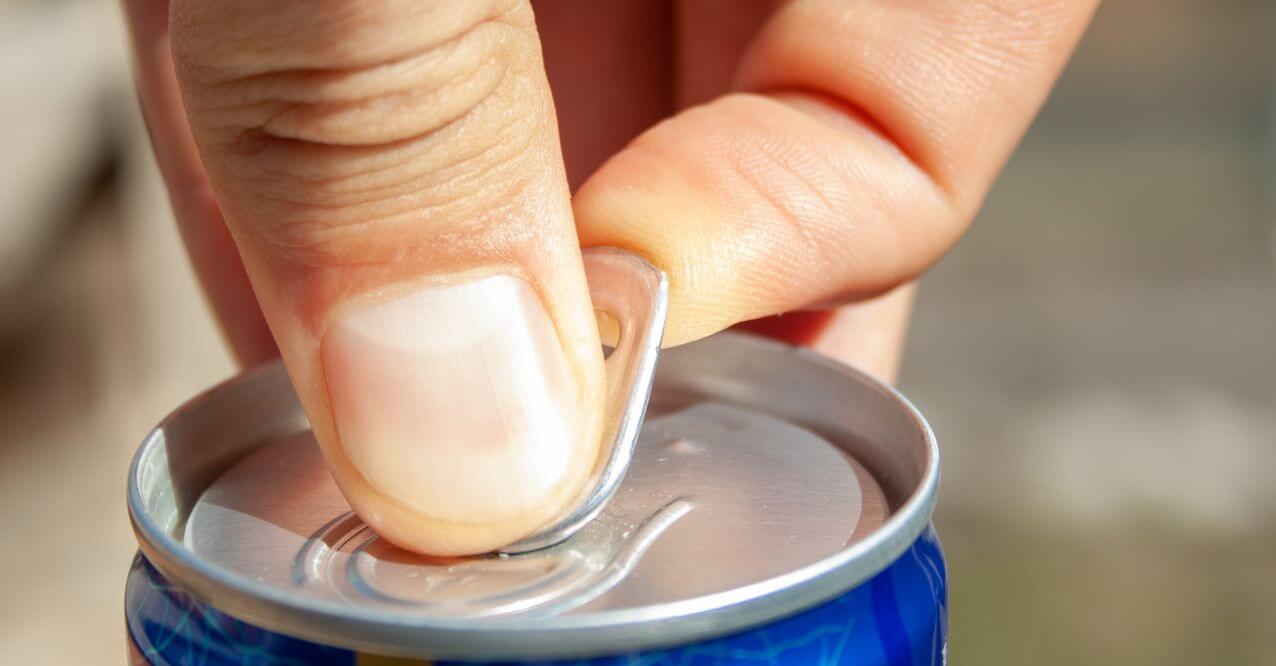6 Ways on How to Get Your Body to Burn Stored Fat
Medically reviewed by our experts


Your body naturally stores extra calories as fat for future energy needs. While this was helpful for our ancestors, modern lifestyles often lead to excess fat storage that many people want to reduce. The good news is that you can encourage your body to tap into these stored energy reserves through specific lifestyle changes.
When you create the right conditions, your body shifts from storing fat to burning it for fuel. This process happens naturally when you make informed choices about what you eat, how you move, and when you consume your meals. Let’s explore the science behind fat burning and practical strategies to help your body use stored fat for energy.
What Causes the Accumulation of Stored Fat?
Your body stores fat when you consume more calories than you burn throughout the day. This excess energy gets converted into triglycerides and packed away in fat cells for later use. Modern eating patterns, with frequent snacking and processed foods high in sugar and refined carbohydrates, can trigger constant insulin release.
High insulin levels signal your body to store energy rather than burn it. Additionally, factors like chronic stress, poor sleep, and sedentary lifestyles can slow your metabolism and promote fat storage. Hormonal changes, particularly decreases in testosterone and growth hormone as we age, may also contribute to increased fat accumulation, especially around the midsection.
Fundamentals of Fat Burning
Fat burning occurs when your body breaks down stored triglycerides into fatty acids and glycerol for energy. This process, called lipolysis, typically happens when your body needs more energy than what’s immediately available from recent meals. Your liver, muscles, and other tissues then use these fatty acids to produce ATP, the energy currency of your cells.
For effective fat burning, your body needs to be in a state where insulin levels are low and hormones like glucagon are elevated. This metabolic state encourages your body to access fat stores rather than relying solely on glucose from carbohydrates. The process is most efficient during periods of lower insulin, such as between meals or during physical activity.
How to Burn Stored Fat
1. Incorporate Whole Foods-Based Meals into Your Diet
Diet plays a more significant role in fat loss than exercise alone. Focus on eating whole, unprocessed foods that provide sustained energy without causing dramatic blood sugar spikes. Include plenty of vegetables, lean proteins, whole grains, and healthy fats in your meals.
Processed foods often contain hidden sugars and unhealthy fats that can interfere with your body’s fat-burning processes. By choosing whole foods, you naturally reduce calorie intake while providing your body with essential nutrients. This approach may help stabilize blood sugar levels and reduce cravings throughout the day.
2. Cardio & HIIT
Cardiovascular exercise helps your body start burning fat, typically after about 30-60 minutes of continuous activity. Activities like brisk walking, swimming, or cycling can effectively tap into fat stores. High-Intensity Interval Training (HIIT) offers another powerful approach, alternating between short bursts of intense activity and recovery periods.
HIIT may continue burning calories even after your workout ends, a phenomenon called the afterburn effect. Start with moderate activities if you’re new to exercise, gradually increasing intensity as your fitness improves. Aim for at least 150 minutes of moderate activity or 75 minutes of vigorous activity weekly.
3. Increase Non-Exercise Activity Thermogenesis (NEAT)
NEAT refers to the calories you burn through daily activities outside of formal exercise. Simple actions like taking the stairs, gardening, or even fidgeting can significantly impact your total daily energy expenditure. These activities may seem minor, but they add up throughout the day.
Consider using a standing desk, parking farther away, or taking short walking breaks every hour. These small changes can potentially increase your daily calorie burn without requiring dedicated workout time. The cumulative effect of increased NEAT can be substantial for long-term fat loss.
4. Stay Hydrated
Water plays a vital role in fat metabolism, helping your body efficiently process and eliminate fat byproducts. Drinking adequate water may also help control appetite and boost your metabolic rate slightly. Aim for at least 8 glasses of water daily, more if you’re active or in hot weather.
Green tea and black coffee can provide additional benefits:
- Both contain compounds that may slightly increase metabolism
- They’re calorie-free when consumed without additives
- The caffeine can potentially enhance fat burning during exercise
Just avoid adding sugar or high-calorie creamers that could offset these benefits.
5. Practice Intermittent Calorie Restriction
Creating a moderate calorie deficit helps your body tap into stored fat for energy. This doesn’t mean drastically cutting calories, which can slow metabolism. Instead, aim for a sustainable reduction of 300-500 calories below your daily needs.
Track your intake for a few days to establish a baseline, then make gradual adjustments. Focus on reducing portion sizes rather than eliminating entire food groups. This approach may help you lose 1-2 pounds per week while preserving muscle mass and maintaining energy levels.
6. Try Fasting
Intermittent fasting can be an effective strategy for accessing stored fat. When you extend the time between meals, insulin levels drop, potentially making it easier for your body to burn fat. Popular approaches include the 16:8 method (fasting for 16 hours, eating within 8 hours) or the 12:12 method for beginners.
During fasting periods, your body may shift from using glucose to burning stored fat for fuel. Start gradually, perhaps by simply extending your overnight fast by an hour or two. Always consult with a healthcare provider before beginning any fasting regimen, especially if you have health conditions.
Boost Your Stored Fat Burning With Supplements
While lifestyle changes form the foundation of fat burning, certain supplements may provide additional support. Green tea extract contains catechins that could potentially enhance fat oxidation during exercise. Omega-3 fatty acids from fish oil may help improve metabolic health and support fat loss efforts.
Other supplements to consider include:
- Protein powder to help preserve muscle mass during weight loss
- Fiber supplements to promote satiety and digestive health
- Probiotics that may support a healthy metabolism
Always choose high-quality supplements from reputable sources and consult with a healthcare provider before starting any new supplement regimen. Supplements work best when combined with a healthy diet and regular physical activity.
Final Thoughts
Getting your body to burn stored fat requires a combination of dietary changes, increased physical activity, and lifestyle modifications. The process takes time and consistency, but small changes can lead to significant results. Focus on creating sustainable habits rather than pursuing quick fixes that are difficult to maintain.
Start with one or two strategies and gradually incorporate others as they become routine. Pay attention to how your body responds and adjust your approach accordingly. With patience and persistence, you can train your body to more efficiently use stored fat for energy, supporting your health and wellness goals.
Your body typically begins using stored fat for energy after 30-60 minutes of continuous aerobic activity, though this varies based on intensity and individual factors.
Fat burning can begin within hours of creating a calorie deficit or during extended periods without food, but noticeable results typically take several weeks of consistent effort.
Maintain stable blood sugar levels by eating balanced meals, avoiding processed foods high in sugar, managing stress, and staying physically active throughout the day.
Most people begin transitioning to fat burning after 12-16 hours of fasting, though this timeline varies based on individual metabolism and activity levels.
Glucose provides quick energy and is the body’s preferred fuel source, while fat burning occurs when glucose stores are depleted, providing sustained but slower energy release.
FAQ
References



